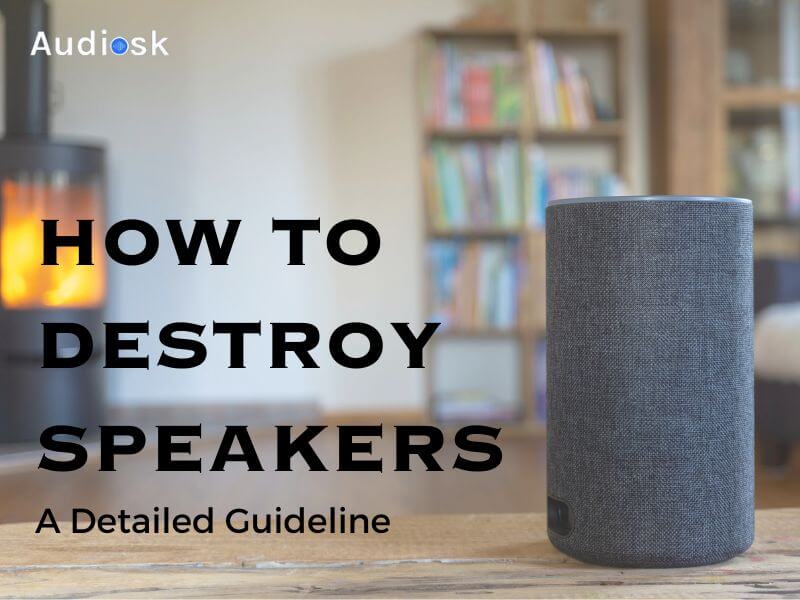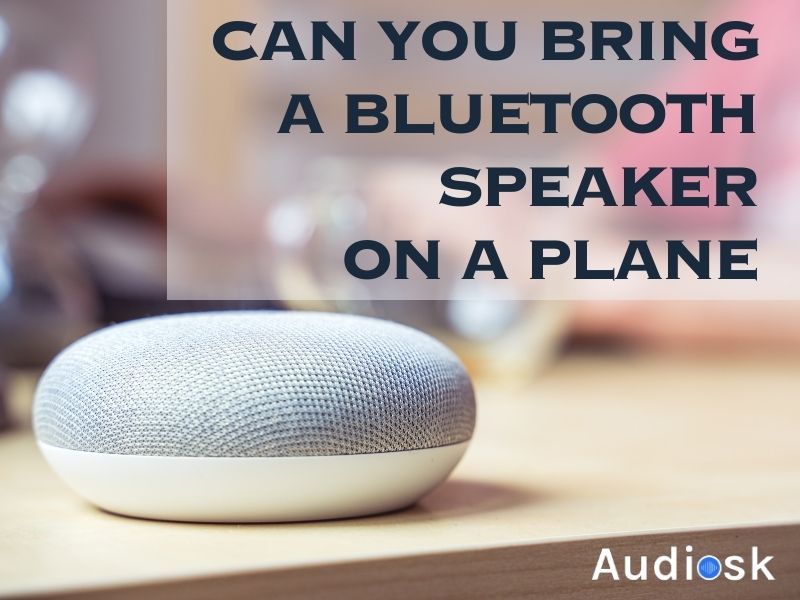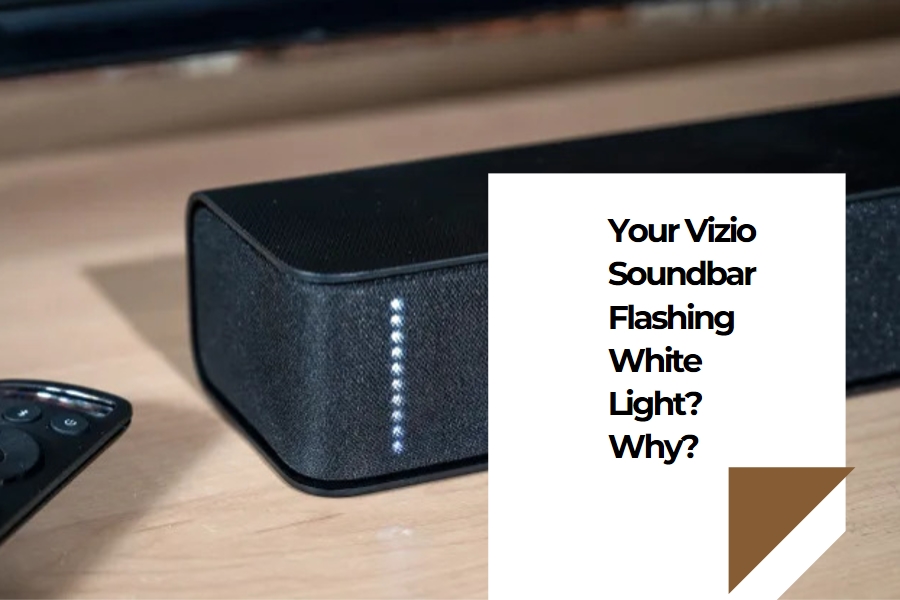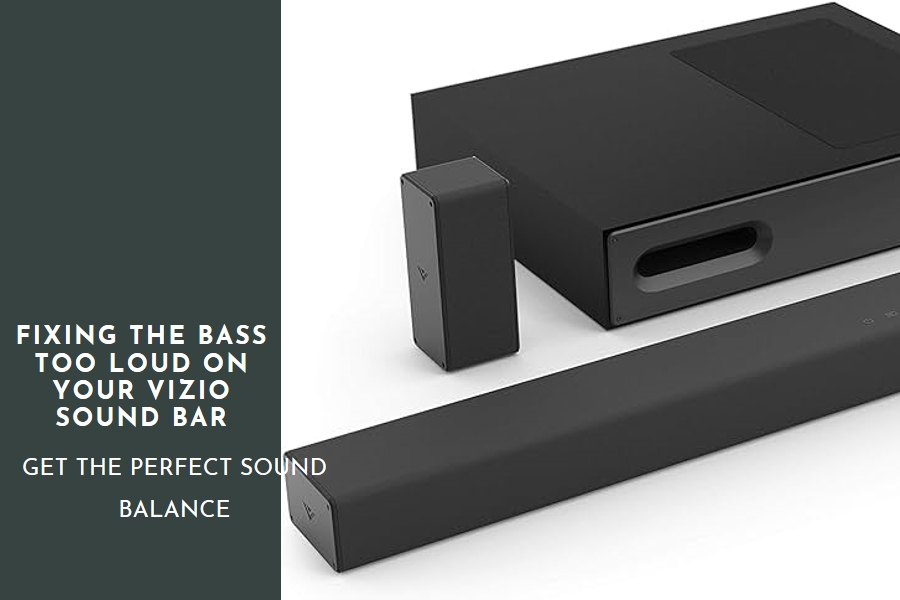In today’s world, being able to connect many Bluetooth speakers together has changed how we listen to sounds around us. We know how important it is to easily connect your speakers and how much fun it brings to those who love music and movies. In this guide, we’ll explain how to link up several Bluetooth speakers in a way that’s easy for everyone to understand, no matter how much they know about tech.
Whether you want to set up surround sound in your living room, make a party louder, or just play music in different rooms, our guide will show you step by step “how to connect multiple bluetooth speakers” what to do. We’ll talk about everything from the basics of Bluetooth to helpful hints for making your sound system sound its best, making sure you get a full and enjoyable listening experience
Understanding Bluetooth Technology
Wireless technology has become an essential part of our lives, allowing us to link devices seamlessly without the hassle of wires.
What is Bluetooth?
Bluetooth is a short-range wireless technology enabling devices to communicate with one another. It operates in the 2.4 GHz frequency range and uses radio waves to transmit data. It is known for its low power consumption, making it ideal for portable devices.
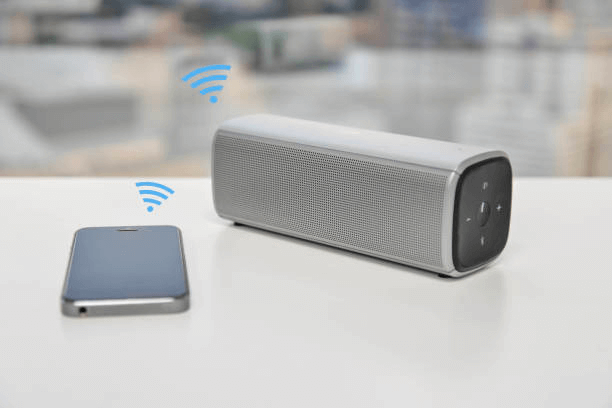
Pairing is the process of establishing a connection between wireless speakers, ensuring secure and encrypted communication. It supports different profiles for specific functions, such as audio streaming or connecting peripherals.
The range of it varies but is typically around 30 feet (10 meters). It continues to evolve, offering improved speed and features like dual audio.
How does Bluetooth work?
Knowing how it works can be the first step to discovering how to connect multiple Bluetooth speakers. When two wireless-enabled speakers want to link, they first go through “pairing.” During pairing, the speakers exchange information and establish a secure connection. Once paired, the speakers can communicate with each other.
It uses a technique called frequency hopping to avoid interference from other speakers. It operates in the 2.4 GHz frequency range and divides the spectrum into small channels. This feature helps to minimize interference and maintain a reliable connection.
What Methods For Connecting Multiple Bluetooth Speakers?
There are several methods you can try for connecting multiple wireless devices.
Explanation of different methods for connecting multiple Bluetooth speakers
One way is by using apps specifically designed for this purpose. Another method is utilizing Bluetooth 5.0 or later, which supports a feature called “Bluetooth Dual Audio.” This feature enables you to link two devices simultaneously to a single device.
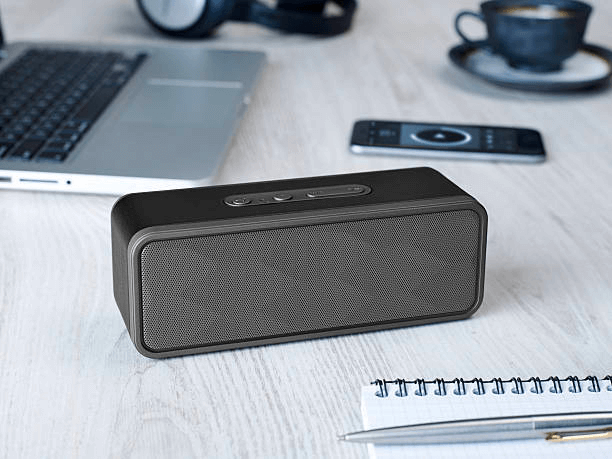
Lastly, some devices are designed to pair with each other directly. They come with built-in technology that enables them to link wirelessly and function as a stereo pair.
Each method provides a unique way to link multiple devices. For more instructions for each technique, follow the steps below.
Using apps to connect multiple Bluetooth speakers
Here’s how to connect multiple Bluetooth speakers using apps. First, ensure all devices are turned on and in pairing mode. Then, download a reliable app that supports multiple speaker connections from your app store. Open the app and follow the on-screen instructions to pair your first speaker.
Once connected, you can select the option to add additional ones. You should enable Bluetooth on your device and connect it to the second speaker through the app. Repeat this process for any other one you want to link.
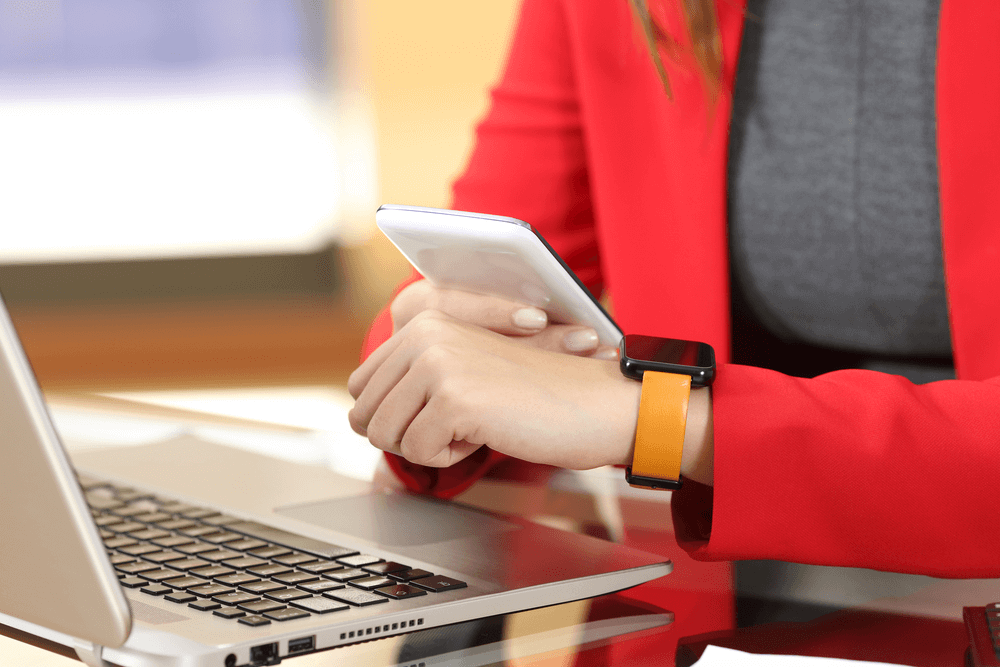
Using Bluetooth 5.0 or later to connect multiple speakers
First, ensure all the devices you want to link are Bluetooth 5.0 or later compatible. Then, turn it on on your device and put the first speaker in pairing mode.
On your device, go to Bluetooth settings and scan for available devices. When you see the first speaker listed, tap on it to link. Repeat this process for the remaining ones.
Once all devices are connected, play your audio, and check if the sound is transmitted to all connected devices simultaneously. After that, you can enjoy a synchronized audio experience with multiple devices.

Using speakers that can pair with each other
To try this method, you need to ensure that the ones you have are designed to pair with each other. First, make sure you have powered on both devices and put them into pairing mode.
With my experience, you can find specific instructions in the user manual on how to enable pairing mode. Once both are in pairing mode, they will search for each other automatically.
After they are successfully paired, you will hear a confirmation sound or a notification on the devices. Finally, you can start playing your desired audio, transmitting it to both devices simultaneously.
Conclusion
As we finish our guide on how to connect many Bluetooth speakers, we see how this technology can really improve how we listen to music or watch movies. We’ve looked at different ways to do this, from using what’s already on your phone to using special devices. Our goal was to make this easy to understand for everyone, no matter how much they know about technology. If you follow the steps and advice we’ve given, you can make sound great with your Bluetooth speakers. We encourage you to try out different setups and see how you can make your speakers sound their best, making your listening experience not just good, but amazing.
So, next time you want to amplify your sound, try how to connect multiple Bluetooth speakers for an enjoyable audio journey.
In case you want more information regarding wireless speakers, you can see this video:
FAQs



